13 Old-School Parenting Habits That Quietly Built Resilience in Kids
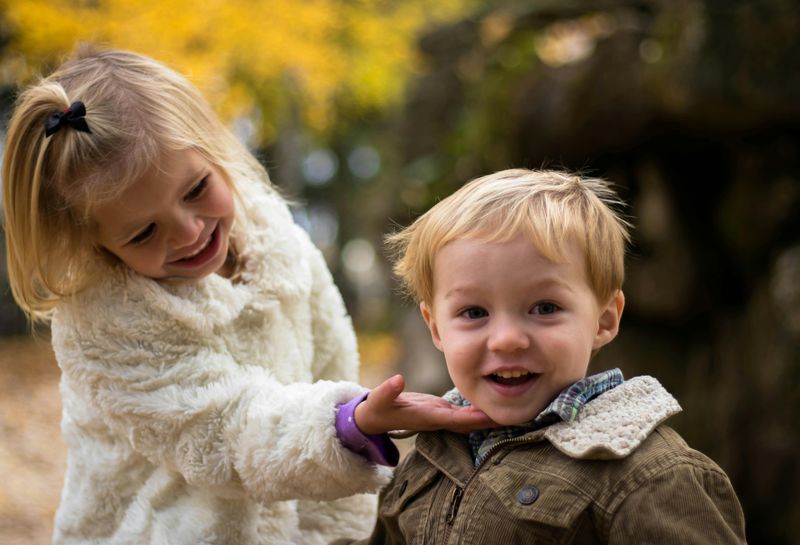
Remember when kids climbed trees without safety gear and walked to school alone? Today’s helicopter parenting has replaced many practices that once helped children develop inner strength. Past generations raised resilient kids through methods that might seem old-fashioned now. Looking back at these approaches reveals valuable lessons for helping children develop the grit they need to face life’s challenges.
1. Let Kids Fail and Learn from It
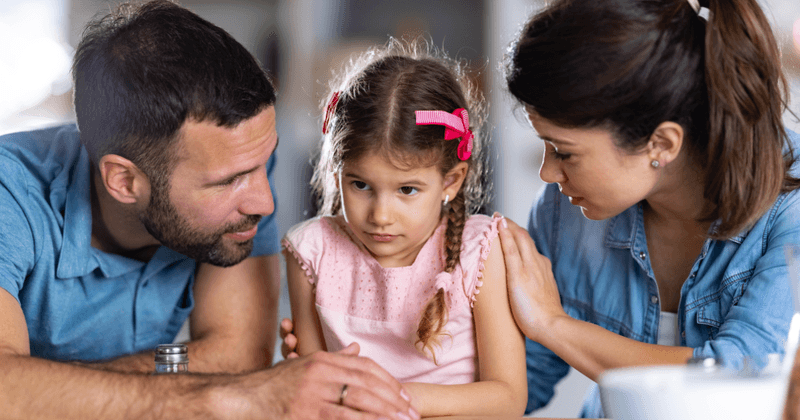
Skinned knees and failed tests were once considered normal parts of growing up. Parents didn’t rush to solve every problem, allowing natural consequences to become powerful teachers.
When Tommy forgot his science project, Mom didn’t deliver it to school. The resulting poor grade taught him more about responsibility than any lecture could. These small failures built problem-solving muscles and the understanding that setbacks aren’t permanent.
Children learned that mistakes weren’t catastrophic but stepping stones to improvement. This approach fostered a growth mindset long before the term existed, teaching kids to think “I haven’t mastered this yet” rather than “I’m not good at this.”
2. Expected Contribution at Home

“Everyone pulls their weight” wasn’t just a saying—it was a family philosophy. Children as young as five had meaningful responsibilities that directly impacted household functioning.
Farm kids collected eggs before school. City children minded younger siblings or prepared simple meals. These weren’t optional activities but necessary contributions that developed capability and self-worth. When adults trusted children with real work, kids rose to meet those expectations.
The pride of being genuinely needed—not just given token tasks—built confidence that transferred to other challenges. Many adults still recall the satisfaction of mastering their first “grown-up” chore and the respect it earned them within the family structure.
3. Encouraged Outdoor Free Play
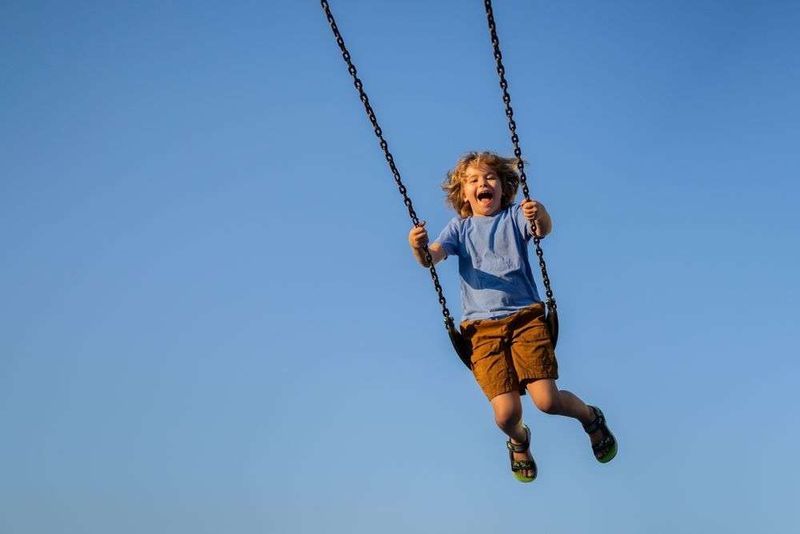
“Be home by dinner” was the only instruction many children received before disappearing into neighborhoods or natural spaces for hours. This freedom created natural laboratories for risk assessment and problem-solving.
Building forts required engineering skills. Organizing games with neighborhood kids developed negotiation abilities. When disagreements arose, children had to resolve conflicts without adult referees, developing crucial social intelligence.
The physical challenges of climbing trees, crossing streams, or navigating unfamiliar territory built bodily confidence. Children learned their capabilities through trial and error, gaining an accurate understanding of personal limits rather than having boundaries artificially imposed by cautious adults.
4. Didn’t Overschedule Their Lives

After-school hours once stretched empty and full of possibility. Without constant adult-organized activities, children faced the challenge of structuring their own time—a skill many modern kids never develop.
Boredom became the mother of invention as kids created games, built collections, or explored interests without external pressure. This downtime also provided crucial processing space for developing brains to integrate experiences and emotions. Children learned to be comfortable with their own thoughts.
Without constant stimulation, kids developed internal resources for entertainment and self-soothing. These quiet moments allowed natural talents and interests to emerge organically rather than being scheduled into existence, creating resilient individuals who could find contentment without external validation.
5. Used Natural Consequences
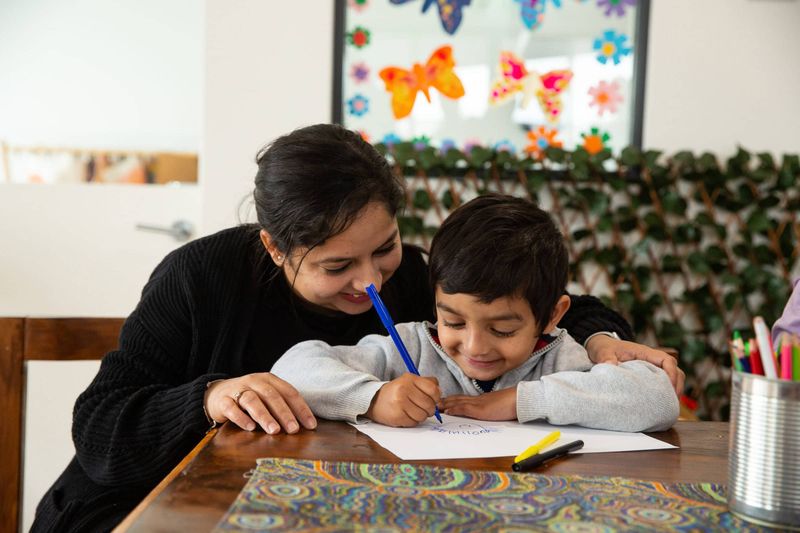
Forgotten lunches stayed forgotten. Homework left at home resulted in poor grades. Parents understood that rescuing children from every predicament prevented vital learning.
When Sarah refused to wear her coat despite her mother’s warning, she experienced cold—a more effective teacher than any parental lecture. This approach wasn’t about punishment but allowing reality to do the teaching. Children quickly connected their choices with outcomes, developing cause-and-effect thinking.
The temporary discomfort of natural consequences built long-term wisdom. Kids learned to anticipate potential problems and take preventative action. This forward-thinking mindset prepared them for adult responsibilities far better than being sheltered from the results of their decisions.
6. Modeled Emotional Control
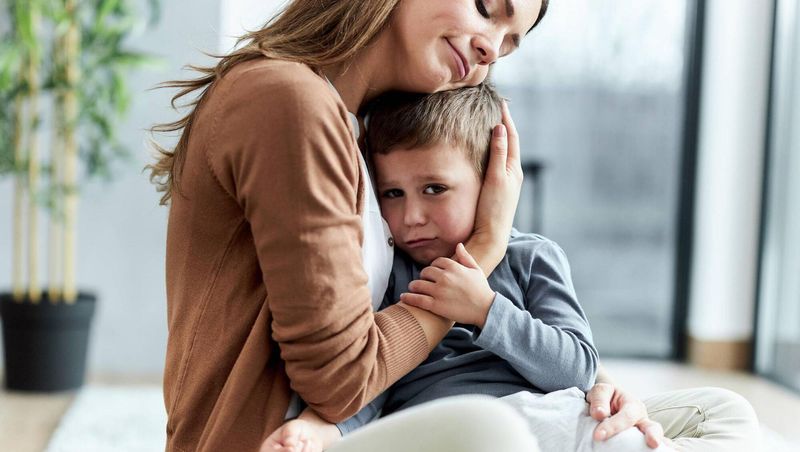
“Keep calm and carry on” wasn’t just a slogan but a way of life. Parents demonstrated composure during crises, showing children that emotions could be managed rather than allowing feelings to dictate actions.
When Dad’s car broke down in a rainstorm, his measured response taught more than any lecture on patience. Children absorbed these lessons through observation, learning that difficulties could be faced with steadiness. This didn’t mean suppressing emotions entirely—healthy expression was still valued.
The difference was in the balance. Parents showed appropriate emotional regulation rather than dramatic reactions to every setback. This modeling gave children an internal template for handling their own strong feelings, a cornerstone of resilience that served them throughout challenging life experiences.
7. Expected Respect and Gratitude

“Please” and “thank you” weren’t optional in past generations. Social graces were taught consistently, building children’s awareness of others and their place within community structures.
Grandparents were addressed respectfully, and interrupting adults was corrected promptly. Far from mere etiquette, these practices developed impulse control and perspective-taking—core components of emotional intelligence. Children learned to consider others’ needs alongside their own desires.
The habit of expressing gratitude fostered a positive outlook that serves well during hardship. Research now confirms what previous generations intuited: practicing thankfulness builds psychological resilience. By acknowledging gifts and kindnesses, children developed the ability to find silver linings even in difficult circumstances.
8. Encouraged Problem Solving
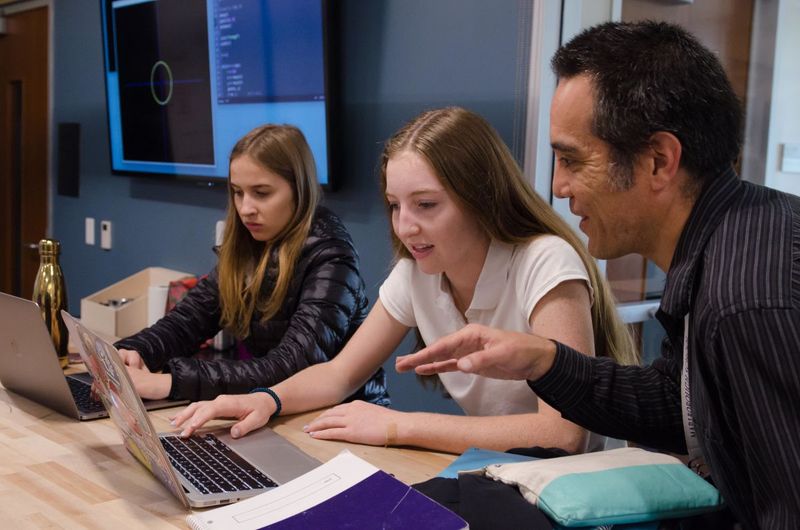
“Figure it out” might sound harsh to modern ears, but this approach cultivated incredible resourcefulness. When Jake’s bicycle chain broke, his father provided tools but stepped back, allowing frustration to become a pathway to mastery.
Parents asked guiding questions rather than providing immediate solutions. “What have you tried so far?” or “What might happen if…?” prompted children to think critically about challenges. This cognitive stretching developed neural pathways for adaptive thinking.
The satisfaction of solving problems independently created confidence that generalized across situations. Each successful resolution reinforced the child’s belief in their capabilities. Unlike external praise, this self-generated pride became an internal resource children could draw upon when facing new obstacles.
9. Didn’t Try to Be Their Kids’ Best Friend

Clear boundaries between parent and child roles created security, not distance. Children understood who was in charge, providing a stable foundation from which they could safely explore and develop.
Parents made unpopular decisions when necessary, prioritizing children’s wellbeing over their momentary happiness. This wasn’t authoritarian control but loving guidance that acknowledged parents’ greater life experience. Children learned that temporary discomfort could lead to long-term benefit.
The certainty of parental authority actually reduced anxiety. Kids weren’t burdened with adult-level decisions before developing the cognitive capacity to handle them. This age-appropriate sheltering allowed children to gradually build decision-making skills while knowing a capable adult remained at the helm.
10. Let Kids Experience Boredom
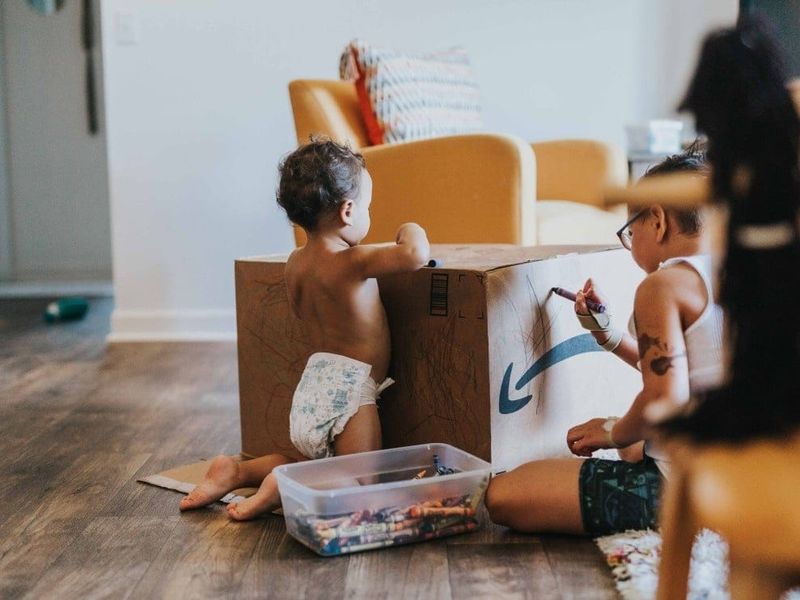
“Only boring people get bored” was a common response to children’s complaints of nothing to do. This seemingly unsympathetic stance actually sparked remarkable creativity and self-sufficiency.
Without constant entertainment, children mined their imaginations for amusement. Cardboard boxes became spaceships. Backyards transformed into kingdoms. These creative leaps required working through the discomfort of initial boredom, developing mental persistence.
The quiet space of unstructured time also allowed for deeper thinking and self-knowledge. Children discovered their own interests rather than following prescribed activities. This internal compass became invaluable for navigating life’s challenges, as they learned to find meaning and direction within themselves rather than constantly seeking external stimulation.
11. Valued Delayed Gratification

Saving birthday money for months to purchase a special toy taught patience that no immediate reward could. Children learned the satisfaction of working toward goals rather than expecting instant fulfillment.
Holiday anticipation built slowly through advent calendars or countdown chains. Special treats were reserved for weekends, not available on demand. These small exercises in waiting strengthened children’s ability to persist through discomfort toward greater rewards.
The famous marshmallow experiments later confirmed what parents intuitively practiced: children who can delay gratification develop greater self-regulation and resilience. By experiencing the relationship between patience and reward, kids built internal resources for tackling long-term challenges that couldn’t be resolved immediately.
12. Instilled Faith or a Larger Purpose

Whether through religious traditions or secular values, children were connected to something beyond themselves. This bigger picture provided context for personal struggles and disappointments.
Sunday school lessons or family philosophical discussions offered frameworks for understanding life’s challenges. Children learned they weren’t alone in their difficulties but part of a continuing human story. This perspective made setbacks feel less catastrophic and more manageable.
Being part of something larger—whether a faith community, family legacy, or cultural tradition—provided both comfort and motivation during hard times. Research confirms this connection between meaning-making and resilience. When children believe their actions matter beyond their immediate circumstances, they develop remarkable persistence in the face of obstacles.
13. Taught Self-Reliance Through Skills
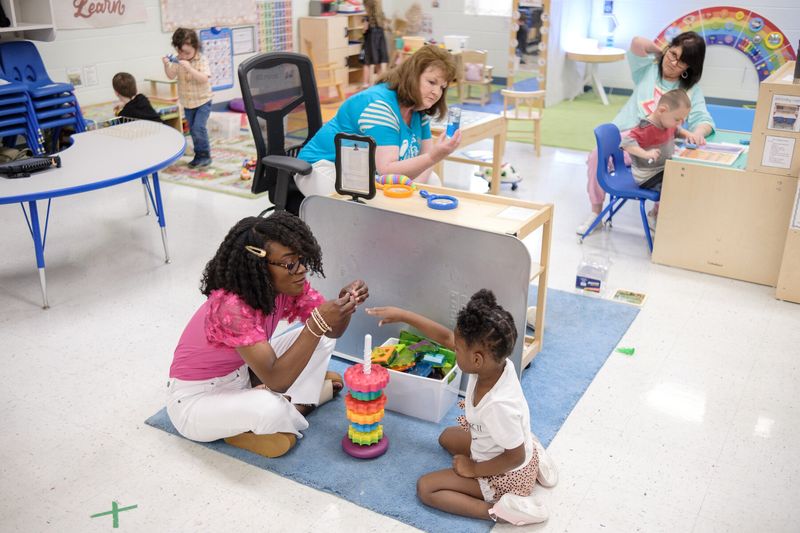
Basic survival skills were once common childhood knowledge. Ten-year-olds could start campfires, twelve-year-olds navigated with maps, and teenagers could prepare complete meals from scratch.
These practical abilities built confidence that transferred to other challenges. A child who mastered difficult skills understood they could learn new things through persistence. The process of developing competence—moving from awkward beginner to capable practitioner—taught the value of practice and patience.
Unlike abstract lessons, these concrete skills provided immediate evidence of growth and capability. Children experienced themselves as increasingly competent, developing an internal locus of control. This self-perception as someone who can solve problems and acquire new abilities forms the foundation of resilient thinking.

Comments
Loading…